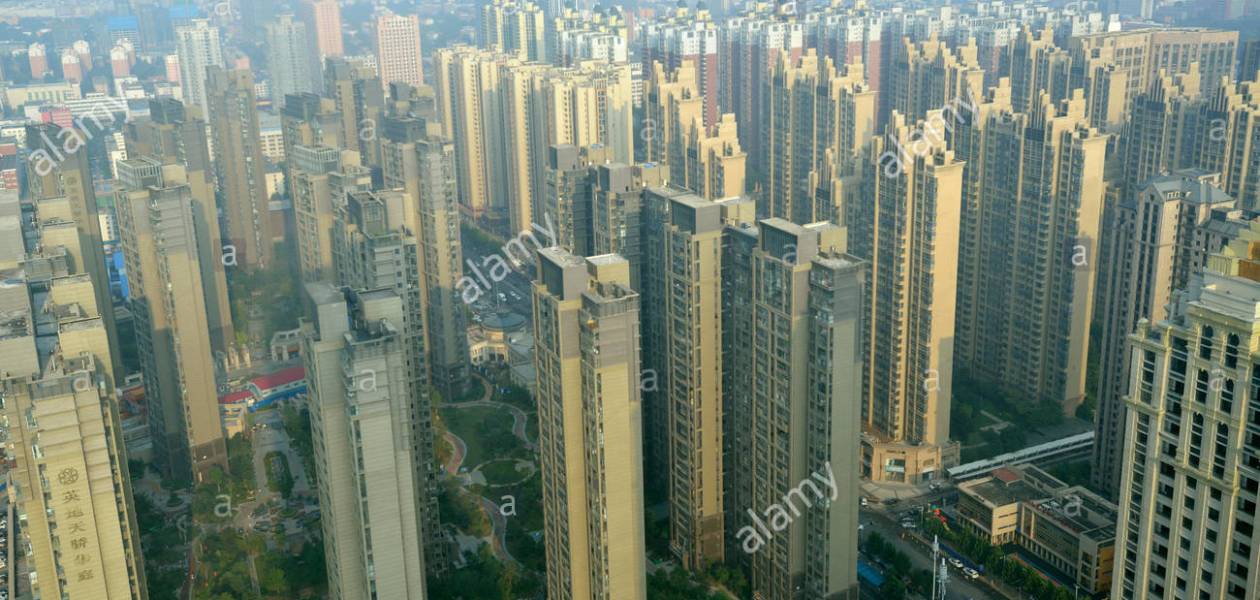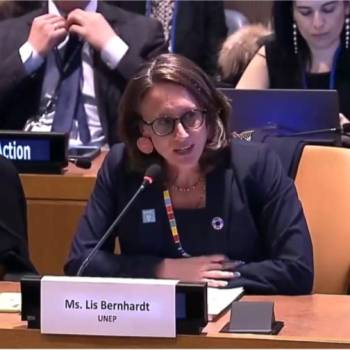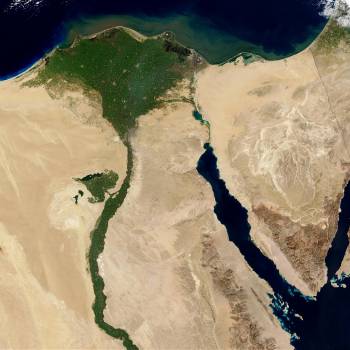
As China set records for the health of its economy, it forgot to take climate change into account. Now it is a necessity.
China has always experienced flooding, but as Kong Feng, professor of public policy at Tsinghua University in Beijing, wrote in 2019, floods in cities across the country in recent years are "a general manifestation of the floods. urban problems' in the country. China's dizzying growth over the past four decades has led to the rapid creation of new towns where previously hamlets and farmland were located.
Cities have attracted factories, and factories have attracted workers. The boom lifted hundreds of millions of people out of the poverty and rural hardships they once faced. Today, these cities face the daunting new challenge of adapting to the extreme weather conditions caused by climate change, a possibility few really thought about when the country began its extraordinary economic transformation. China's rapid and lawless urbanization has, in a way, made the challenge more difficult.
No weather event can be directly linked to climate change, but the storm that flooded Zhengzhou and other cities in central China a few days ago, killing at least 69 people, reflects a global trend of extreme weather that has seen deadly floods recently in Germany and Belgium, and hot weather and forest fires in Siberia.
The floods in China, which engulfed metro lines, washed away roads and cut off villages, also highlight the environmental vulnerabilities that have accompanied the country's economic boom and may well hold it back in the future. The vast expansion of roads, subways, and railways in cities that sprang out of the earth overnight meant there were fewer places where rain could be safely absorbed - disrupting what scientists said. call the natural hydrological cycle. Faith Chan, a professor of geology at the University of Nottingham in Ningbo, eastern China, said cities across the country - and there are 93 with a population of over 1 million - are are being modernized at a time when Chinese leaders have decided to relegate climate resilience to second place in favor of economic growth. "If they had the chance to rebuild a city, or plan one, I think they would agree to make it more balanced," said Chan, who is also a visiting scholar at the Water @ Leeds Research Institute. from the University of Leeds.
China has already taken some steps to start tackling climate change. Xi Jinping is the country's first leader to make this issue a national priority. As early as 2013, Xi had promised to build an "ecological civilization" in China. “We must maintain harmony between man and nature and pursue sustainable development,” he said in a speech in Geneva in 2013. The country has almost quintupled the area of green spaces in its cities over the past two decades. He introduced a pilot program to create "sponge cities", including Zhengzhou, which absorb rainfall better.
Last year, Xi pledged to accelerate emission reductions and achieve carbon neutrality by 2060. This was a notable change in policy and perhaps also in practice. The question is whether it is too late. Even though countries like China and the United States are rapidly reducing greenhouse gases, warming from those already emitted may have long-term consequences.
Rising sea levels now threaten China's coastal metropolises, while increasingly severe storms will hit inland cities which, like Zhengzhou, are sinking under the weight of hastily planned development, with buildings and buildings. sometimes poorly constructed infrastructure. Even Beijing, which was hit by a deadly flash flood in 2012 that left 79 people dead, still lacks the drainage system needed to siphon precipitation from a major storm, despite the capital's architectural landmarks reflecting the growing status of China.
In Zhengzhou, authorities described the torrential rains that fell a few days ago as a storm never seen in a millennium that no planning could have prevented. Despite this, people wondered why the city's new metro system was inundated, trapping passengers as the water steadily rose, and why a "smart tunnel" under the city's third ring road was inundated so quickly that the people trapped in the cars had little time to extricate themselves.
The worsening impact of climate change could pose a challenge to the ruling Communist Party, given that political power in China has long been associated with the ability to bring natural disasters under control. A public groundswell several years ago over toxic air pollution in Beijing and other cities has finally forced the government to act.
“Zhengzhou's experience, however, underscores the scale of the challenges ahead - and the limits of the easy solutions that are quickly put in place. This city that once was a simple crossroads placed along the Yellow River, the city has grown exponentially since China's economic reforms began over 40 years ago. skyscrapers and apartment towers stretch out into the distance. The city's population has doubled since 2001, reaching 12.6 million. Zhengzhou is so often prone to flooding that it has become a joke among the population. "No need to envy these towns where you can see the sea," read an online comment that spread during a flood in 2011, according to a local newspaper report. “Today, we welcome you to see the sea in Zhengzhou. "
In 2016, the city was one of 16 cities chosen for a pilot program to expand green spaces to mitigate flooding, the “sponge city” concept. The idea, much like what planners in the United States call “low impact development,” is to channel water from dense urban spaces to parks and lakes, where it can be absorbed or even recycled. Yu Kongjian, dean of the School of Landscape Architecture at Peking University, is said to have popularized the concept in China. He said in a telephone interview that in its rapid development since the 1980s, China had turned to Western designs ill-suited to the extremes the country's climate was already experiencing.
The cities were covered with cement, “colonized”, to use the term he used, by “gray infrastructures”. According to him, China must "revive ancient wisdom and bring it up to standard", reserving natural spaces for water and greenery as farmers once did.
As part of the program, Zhengzhou built more than 4,800 km of new watersheds, cleared 125 flood zones and created hundreds of acres of new green space, according to an article in Zhengzhou Daily, a state newspaper. One of these spaces is Diehu Park, or Butterfly Lake Park, where weeping willows and camphors surround an artificial lake. It only opened its doors last October. It was also flooded last week. "The sponges absorb water slowly, not quickly," Dai Chuanying, a park maintenance worker, said on Friday. “If there is too much water, the sponge cannot absorb everything. "
Even before the floods last week, some had questioned the concept. After the city flooded in 2019, the China Youth Daily, a party-run newspaper, lamented that heavy spending on projects has not resulted in significant improvements. Others noted that “sponge cities” were not a panacea. They were never intended for torrential rains like the one that occurred in Zhengzhou on July 20, when 20 cms of rain fell in an hour. “Although the Sponge City initiative is an excellent sustainable development approach to stormwater management, it is still debatable whether it can be considered the complete solution to flood risk management in a climate. changing, ”said Konstantinos Papadikis, Dean of the School of Design at Xi'an Jiaotong-Liverpool University in Xi'an. The factories that have fueled China's growth have also pumped more and more gases that contribute to climate change, while seriously polluting the air.
Like all countries in the world, China now faces the task of reducing its emissions and preparing for the effects of global warming that seem increasingly inevitable.
Posted on 2021-08-02 07:00








Comments